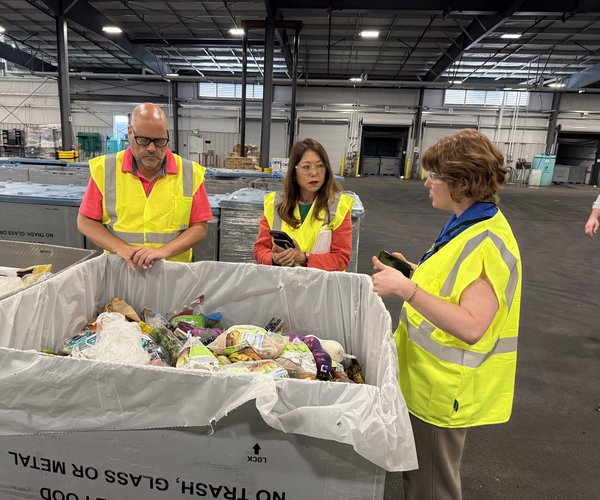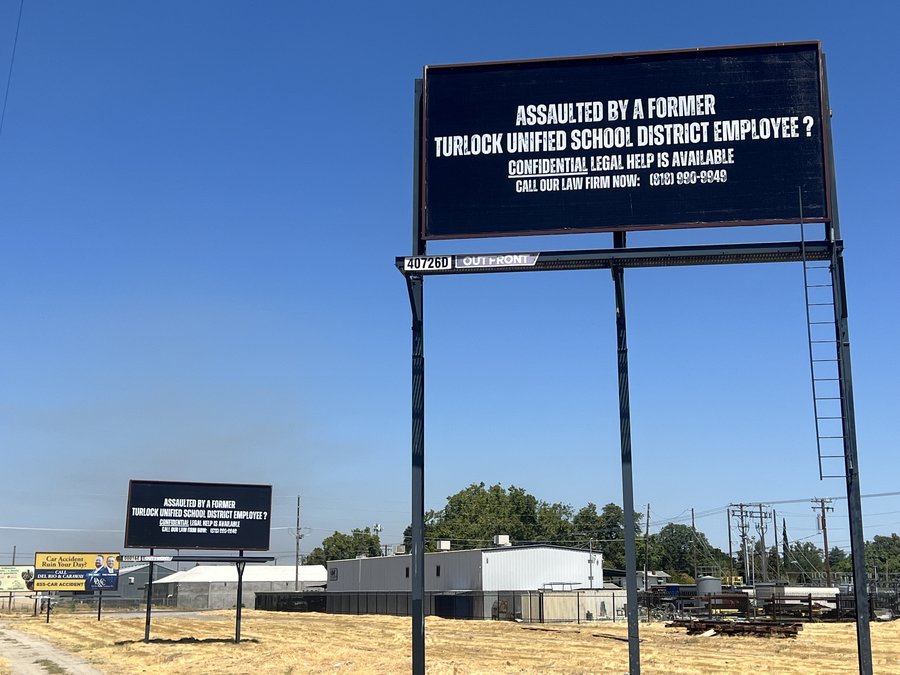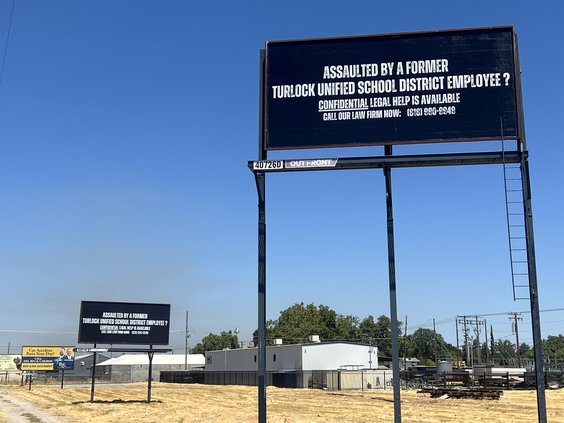As the Turlock City Council continues to debate the best way to spend funding to address the homeless crisis, the annual point-in-time survey results were released finding an increase in homeless individuals living in Turlock, as well as an increase throughout Stanislaus County as a whole.
Every winter the Stanislaus Community System of Care conducts a point-in-time count one day in January where volunteers scour the county taking a physical census of the number of homeless individuals in each city and surrounding areas. This year 2,091 homeless persons were identified in Stanislaus County, an increase of 234 people from last year’s total count. In Turlock, there were 233 homeless persons surveyed, an increase of 22 from 2022.
The city of Modesto had the largest number of homeless surveyed with 1,642 people. The city of Turlock was second. Of the count, 55% (1,142) came from the sheltered population — congregate shelters, transitional housing, and hotel/motel voucher programs — while 45% (949 people) came from the count of people living on the streets, in parks, abandoned buildings, or in their cars.
Of the unsheltered population, 40% (949) told surveyors they slept on the streets or on sidewalks. Of the sheltered population, 69% said they stayed in an emergency shelter — a 32% increase from the 2022 count due to the increased State and Federal funding used for hotel/motel vouchers — while 19% stayed in transitional housing.
2023 POINT-IN-TIME COUNT STATISTICS
What are the Reasons for Becoming Homeless?
• 27% said they were asked to leave from the place they were staying.
• 26% responded there was abuse and violence in the home.
• 23% said they were unable to pay rent/mortgage.
What are the Obstacles to Accessing Services?
• 15% said they didn’t have identification or documents.
• 13% said lack of transportation.
• 11% said they didn’t know where to go for help.
Other Homeless Populations (Adults Only)
• 23% had a serious mental illness.
• 16% had a substance use disorder.
• 12% were survivors of domestic violence.
• 2% had HIV/AIDS.
California Assembly Bill 977, signed by Governor Gavin Newsom in 2021, mandated state homeless programs to start entering data into the Homeless Management Information System, known as HMIS, by Jan. 1, 2023. Many of these programs provided flexible funding that community partners used for sheltering through the use of hotel or motel vouchers. As a result, these voucher programs increased the Emergency Shelter count, which kept homeless individuals and families off the streets.
The annual count data helps determine the scope of homelessness, define existing resources, and identify any gaps in services in Stanislaus County. HUD requires communities to count the number of people experiencing homelessness every two years in each county across the United States. The survey data is used to help determine the amount of funding available to communities to develop housing and supportive services for people moving from homelessness to being housed. The information helps service providers, policy makers, funders and local government gain a better understanding of the population currently experiencing homelessness.
In December 2022, the Turlock City Council voted to enter into a partnership with Legacy Health Endowment to implement a multi-pronged approach to homelessness in Turlock that will coordinate resources and bring various government, private and non-profit organizations to the table.
Legacy Health president and CEO Jeffrey Lewis said he was not surprised by the results of the 2023 point-in-time count.
“I think the one issue that I didn't see and I may have missed is the conversation about homeless families. And that's really the focal point of what I've been working on. What I would refer to as transitional housing that was passed by the city council…They have the ability there to — once the state approves the funding — studios, one-bedrooms, two-bedrooms, and that can give homeless families an opportunity to move into a safe place, save some money so that they will try to get back on their feet and not worry about being out on the street or in a car,” said Lewis.
Of those surveyed in the 2023 count, 23% said they had a serious mental illness. Lewis and Legacy Health Endowment have been working to get more mental health services in the community and accessible to more people through a free mobile health services program and launching a student mental health program in a local school district.
Lewis said that real solutions won’t be found to the local —or state — homeless crisis without all levels of government working together on a strategy.
“When you have a state legislature and a governor who are committed to addressing the mental health challenges facing your state, whether it's severely mentally ill or kids in public schools or families in distress… until a state bleeds the effort with real dollars and real strategy to help the counties and to help local communities, it won't get accomplished. You can't throw dollars at these problems. It has to be strategically done. And it has to be transparent. If you can combine those two factors and bring mayors together with state officials and county leaders together with city officials, and you build strategies that don't have to be the same across every county, but they have to be designed in such a way that people get help and eliminate the conversation. Years of rhetoric does not solve the problem and that's what we’ve been faced with, no question. We have challenges in mental institutions in nursing homes, etc., with abuse. Those problems can be fixed, but they're not fixed by simply closing the institution and putting people on the street. They end up in hospital emergency rooms. They end up walking around lost souls. We have a moral obligation to help every person so they don't become a lost soul. And to figure that out, but without the leadership and a state and county and local level combined, working together, it just doesn't happen,” he said.
“Turlock has done a great job. I mean, Turlock has been working to make incremental steps to address these issues between the mobile clinic, between behavioral health programs…those are good things people are getting those services and families are getting access to more behavioral health services. But they're just more families in need.”









